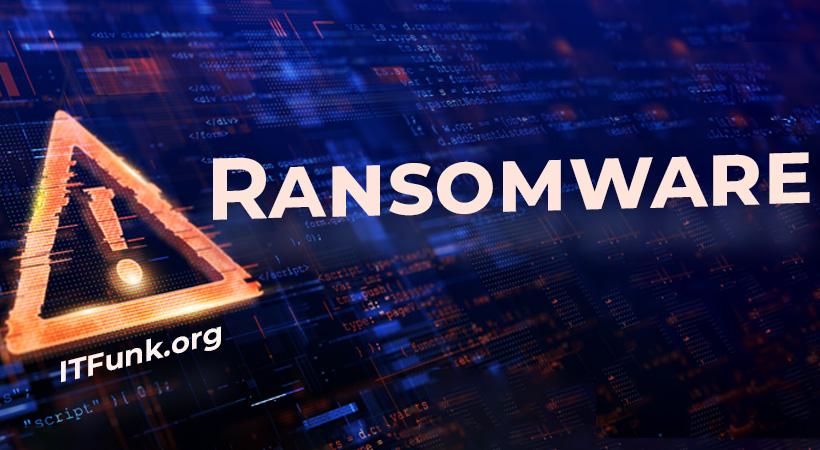In the realm of cyber threats, BaN ransomware has emerged as a formidable adversary, belonging to the notorious Xorist family. This article aims to dissect the intricacies of BaN ransomware, shedding light on its actions, consequences, detection names, and preventive measures. Understanding the modus operandi of this malicious software is crucial for fortifying cybersecurity defenses.
Unraveling BaN Ransomware
Actions of BaN Ransomware
1. Encryption Mechanism:
- BaN operates by encrypting files on the victim’s system, rendering them inaccessible.
- File encryption is executed with the addition of the “.BaN” extension to filenames. Example: “1.jpg” is changed to “1.jpg.BaN,” and “2.png” to “2.png.BaN.”
2. Ransom Note Display:
- BaN accompanies its encryption spree with a ransom note, presented through an error message and the “HOW TO DECRYPT FILES.txt” file.
- The note communicates the encryption of files and outlines the ransom payment procedure. Screenshot: Files encrypted by BaN ransomware (.BaN extension)
3. Ransom Demands:
- Victims are coerced to pay a ransom of 0.03 bitcoins to regain access to their encrypted files.
- The ransom note provides a Bitcoin address for the payment. Screenshot: BaN Ransom Note Overview
4. Contact Information:
- After payment, victims are instructed to contact the attacker via email (banuda@tuta.io or banuda@skiff.com) using a specific subject line.
- The promise of a decryptor and decryption keys is contingent upon successful ransom payment.
Consequences of BaN Ransomware
1. File Inaccessibility:
- Encrypted files become inaccessible, disrupting normal operations and causing data loss.
2. Financial Extortion:
- Victims are subjected to financial extortion, with cybercriminals demanding payment in bitcoins for file decryption.
3. Privacy Invasion:
- BaN’s presence signifies a breach of privacy, as it encrypts sensitive user data and demands a ransom for its release.
4. Unreliable Decryption Claims:
- Payment of the ransom does not guarantee the return of files, and victims may not receive the promised decryption tools.
Detection Names for BaN Ransomware
- Avast (Win32:Filecoder-M [Trj])
- Combo Cleaner (Trojan.Ransom.AIG)
- ESET-NOD32 (Win32/Filecoder.Q)
- Kaspersky (Trojan-Ransom.Win32.Xorist.lk)
- Microsoft (Ransom:Win32/Sorikrypt.A)
Similar Threats and Variants
1. Mesmerised
2. PatchWorkApt
3. 3000USDAA
Preventive Measures and Best Practices
1. Prudent Installation Practices:
- Exercise caution when installing applications, favoring official and reputable sources.
- Avoid applications from untrustworthy origins, P2P networks, and third-party downloaders.
2. Software and System Updates:
- Regularly update software and operating systems to patch vulnerabilities exploited by malware.
3. Vigilance Against Deceptive Practices:
- Stay informed about cybersecurity threats to recognize and avoid potential risks.
4. Robust Backup Strategies:
- Implement regular backups of important files to mitigate data loss risks associated with ransomware attacks.
5. Reliable Security Software:
- Utilize reputable antivirus and anti-malware software for real-time protection against cyber threats.
Removing BaN Ransomware
1. Identify and Uninstall Suspicious Applications:
- Access the “Control Panel” to uninstall any unfamiliar or suspicious applications.
2. Remove BaN Extension:
- In the browser, navigate to the extensions/add-ons menu and remove any extensions related to BaN.
3. Reset Browser Settings:
- Reset browser settings to default to reverse unwanted changes.
4. Disable “Managed by your organization” Setting:
- Ensure the “Managed by your organization” feature is disabled in browser settings.
5. Run a Full System Scan:
- Employ reputable antivirus software to conduct a full system scan and remove any remaining threats.
In conclusion, BaN ransomware epitomizes the persistent threat landscape in the digital realm. Vigilance, proactive cybersecurity measures, and adherence to best practices are essential components of a robust defense against such malicious incursions.





